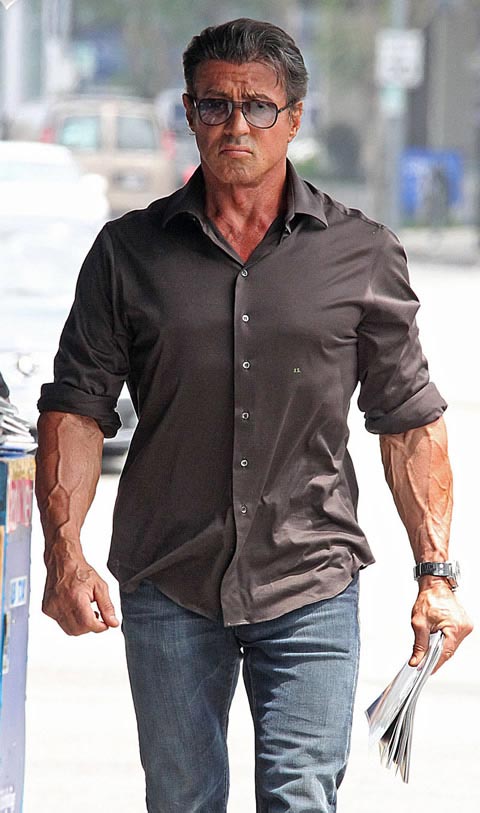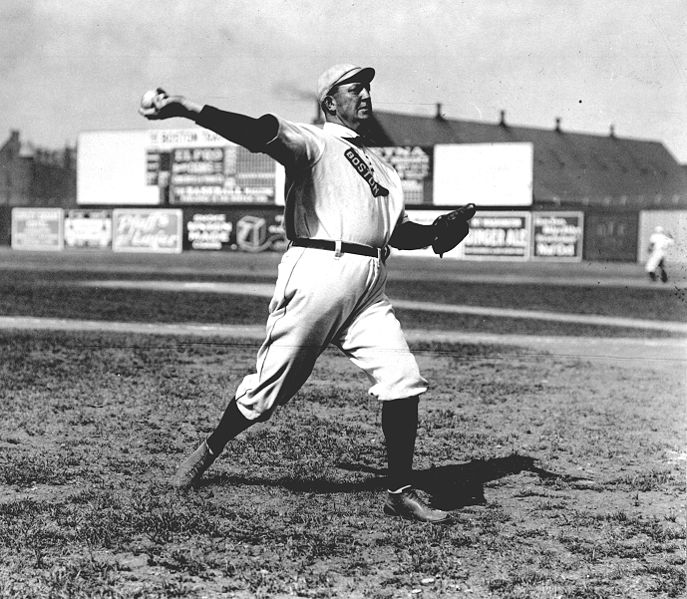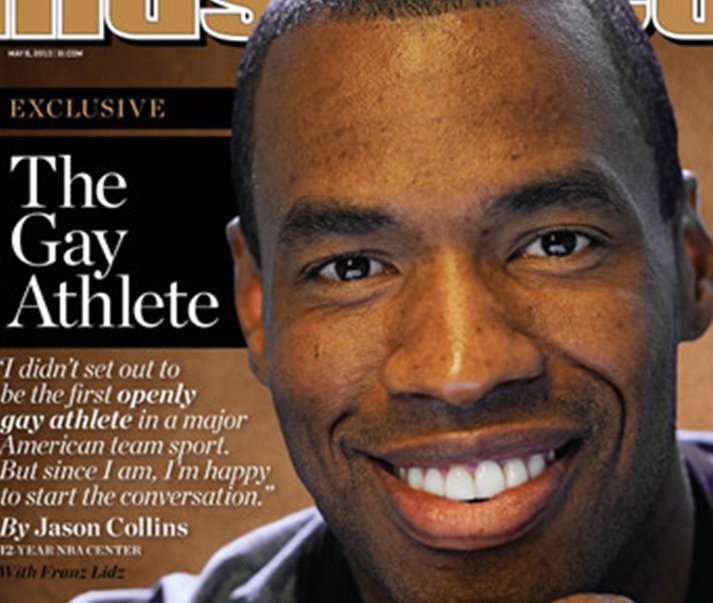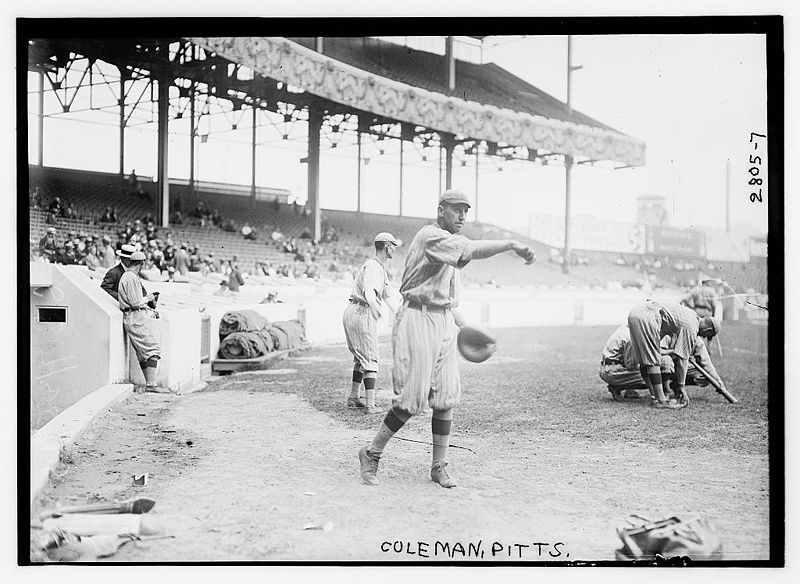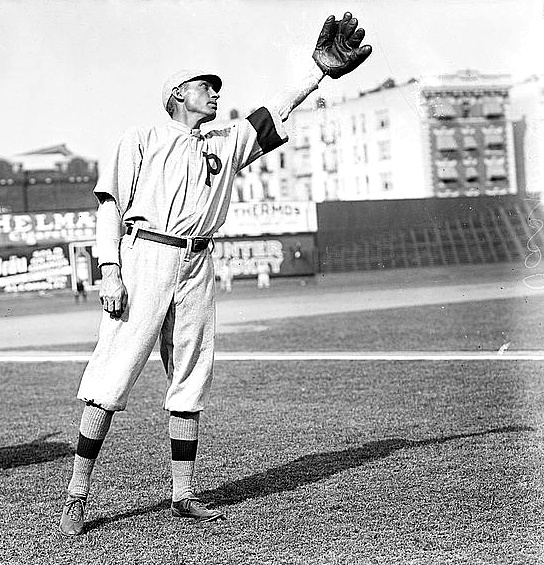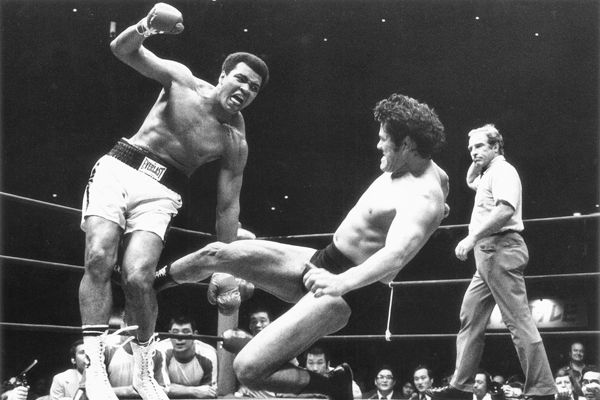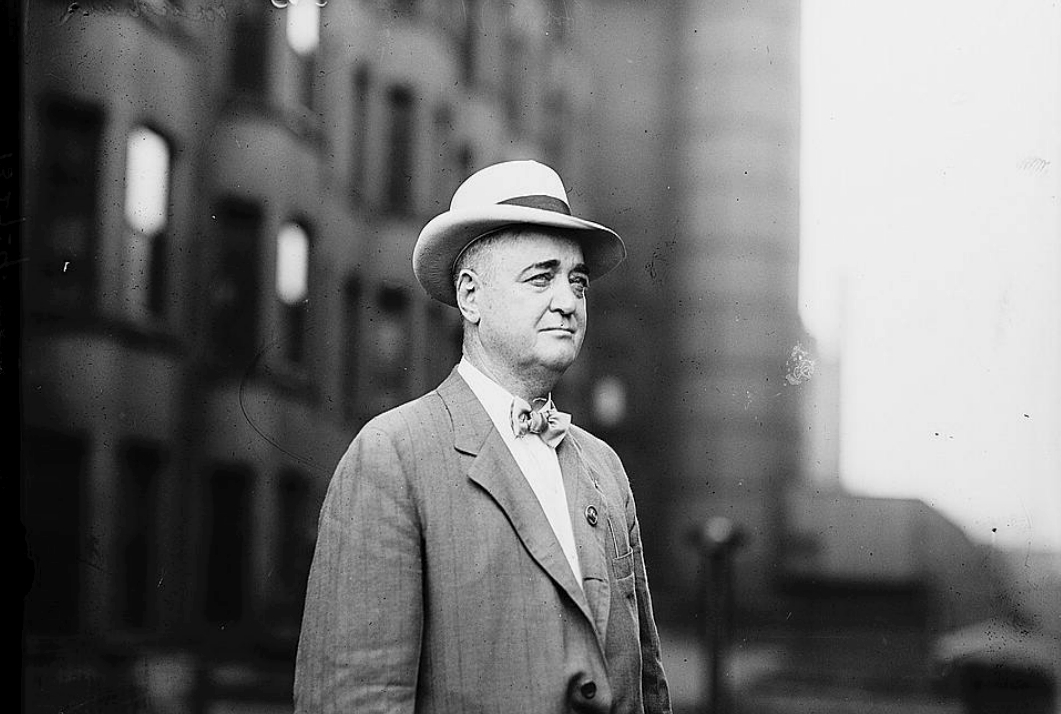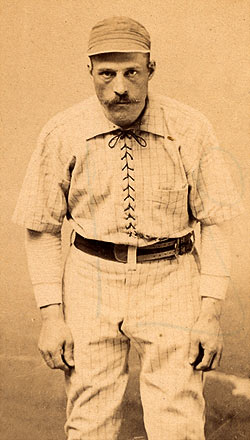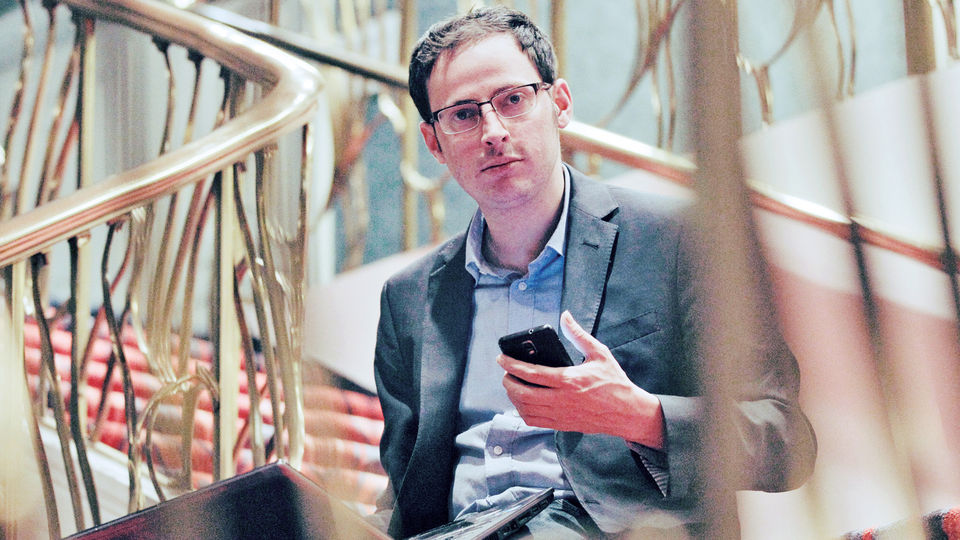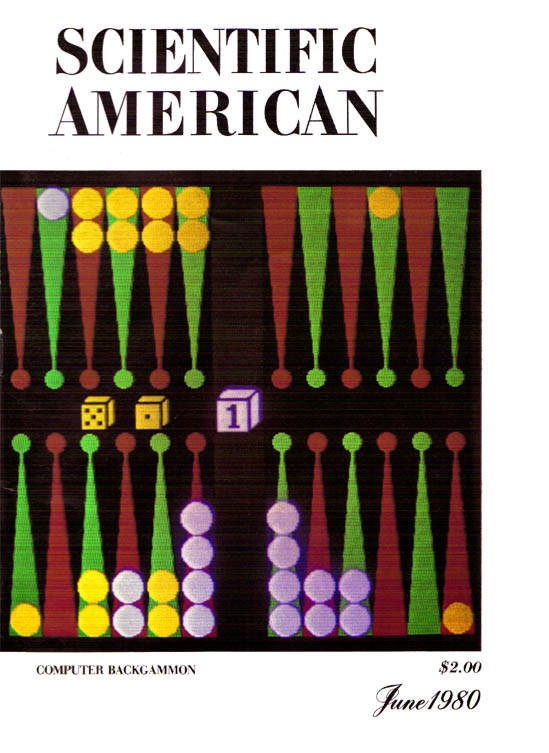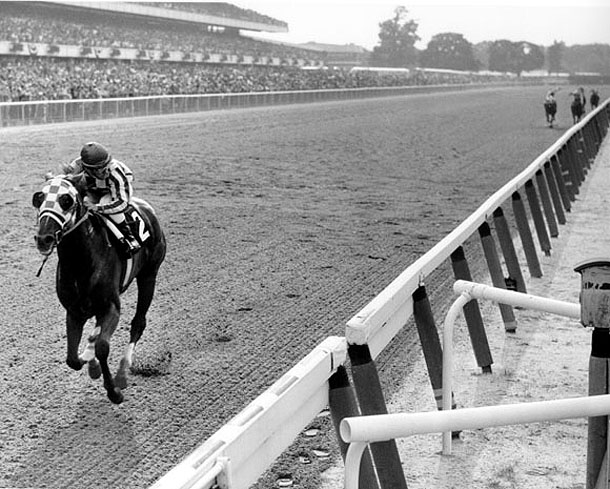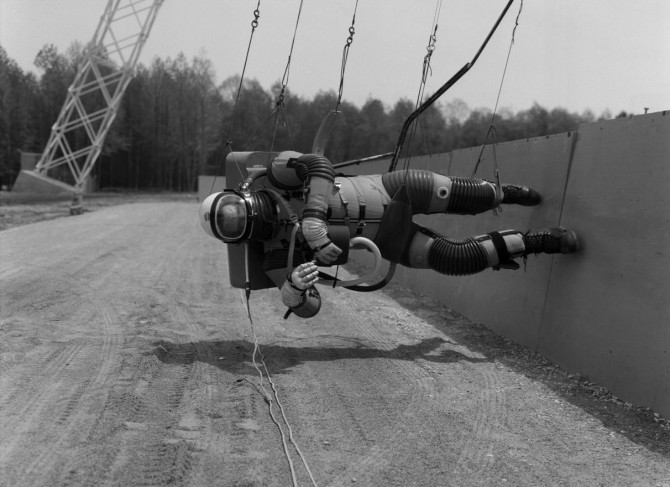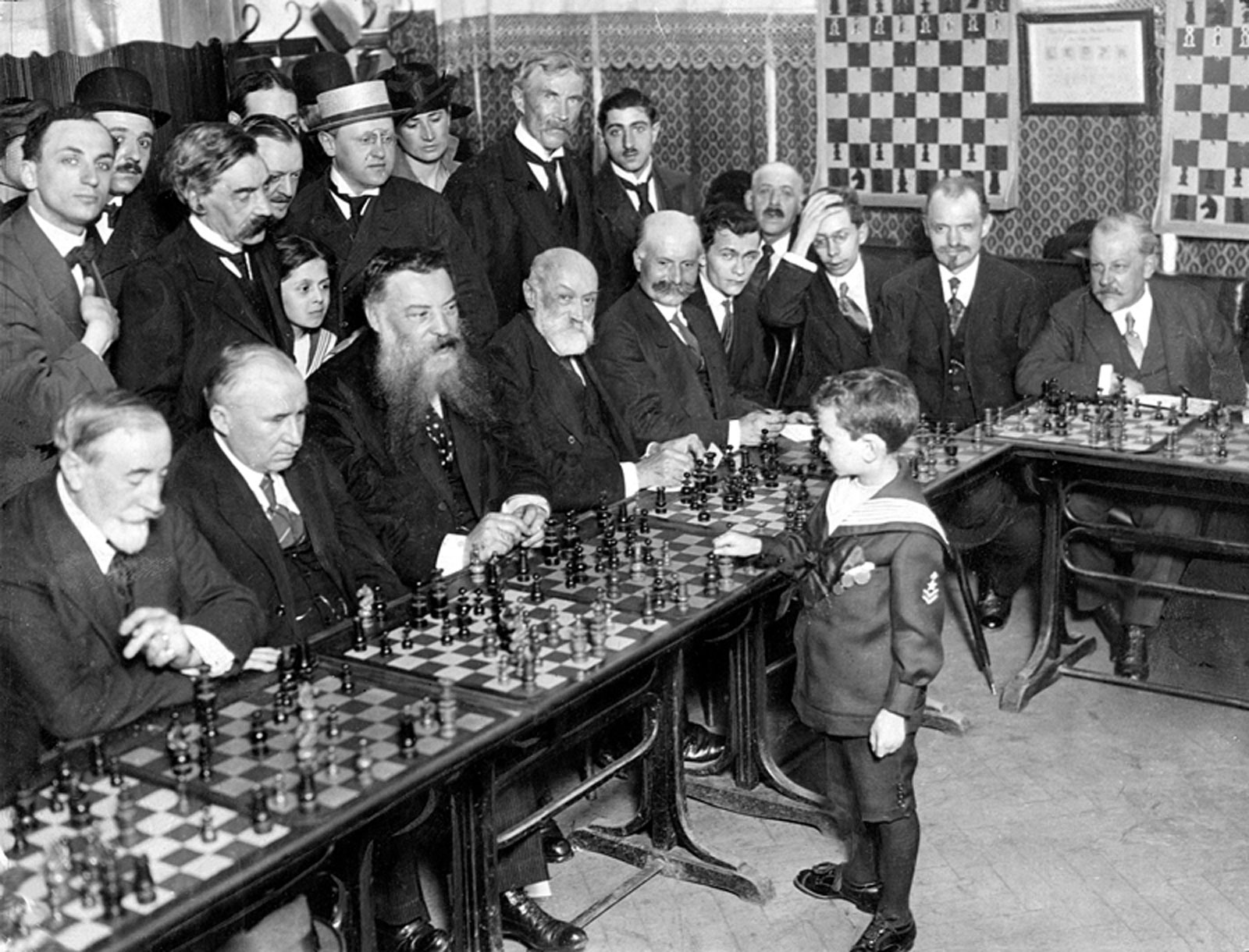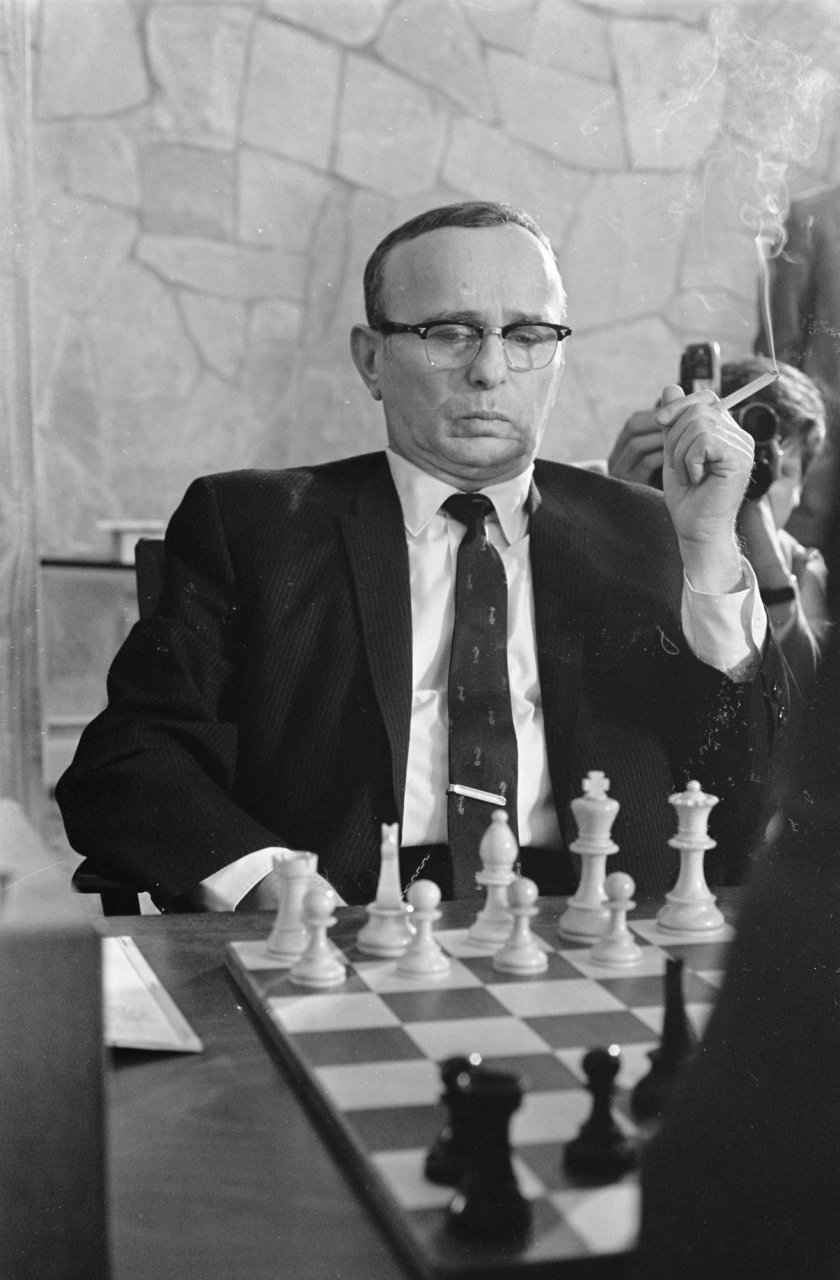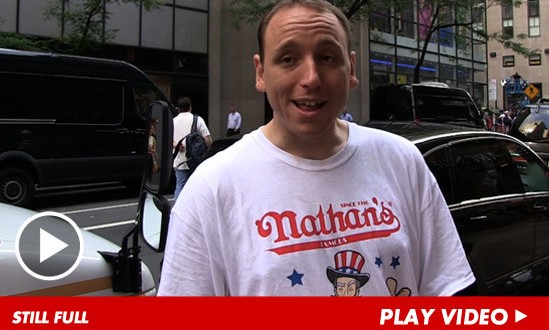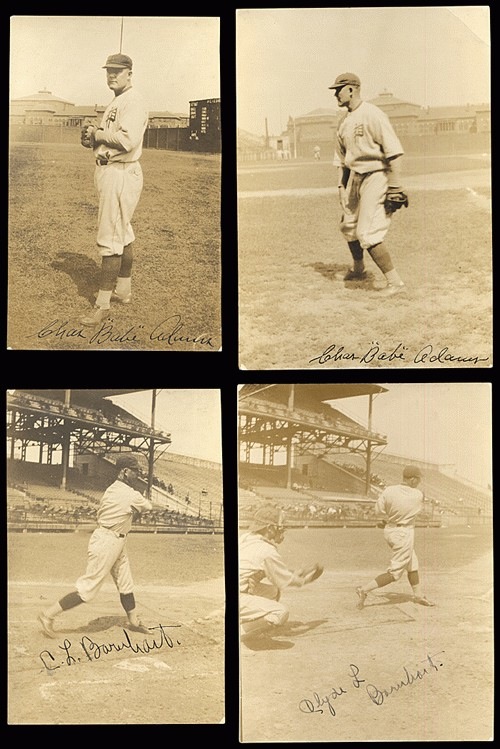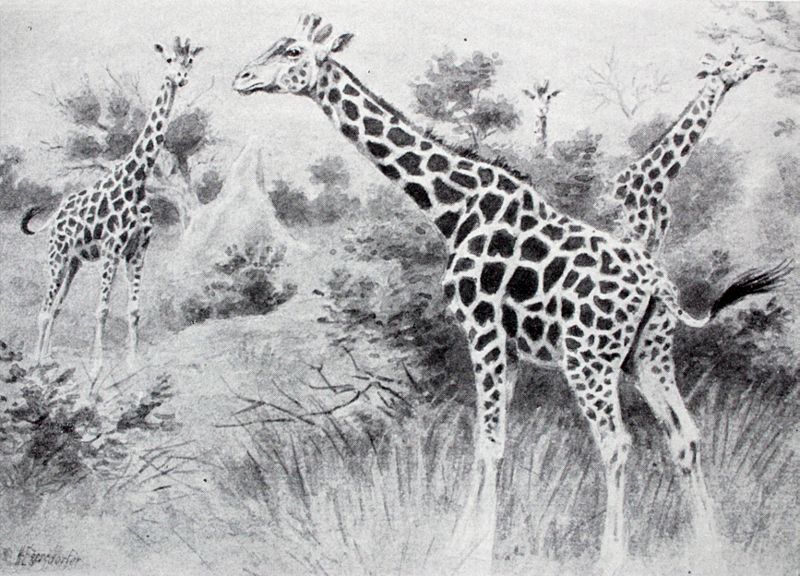
“His success in roping giraffes is a matter of surprise.”
At some point, Col. Charles “Buffalo” Jones put down his gun and picked up a lasso. A big-game hunter of national fame, Jones converted to conservationist in later life and led a roping expedition in Kenya to stock American zoos with all manner of living specimens. From an article about his dangerous mission in the April 3, 1910 New York Times:
“Hunting with a lasso is the latest innovation in the world of sport.
Col. C.J. Jones, better known as ‘Buffalo’ Jones, has cabled to friends in America from British East Africa that he has succeeded in roping with a lasso most of the animals which Col. Theodore Roosevelt brought down with his gun in the same region. He will bring to the United States live specimens of the same animals, whose pelts Col. Roosevelt has sent to the Smithsonian Institution.
In his first cablegram received in this city late this past week, Col. Jones tells of an exciting experience with an immense bull rhinoceros. The creature charged a hundred times before it was securely tied. It demolished the camera, and barely gave the photographer of the party time to escape.
Besides rhinoceri, Col. Jones has captured giraffes, leopards, and cheetahs. His success in roping giraffes is a matter of surprise. A. Radclyffe Dugmore, the camera hunter, who preceded Col. Roosevelt over the country where Col. Jones is now hunting, said that he always had to photograph the giraffe with a telescope lens, so wary did he find them.
 Col. Jones carries with him on his safari, a large supply of firecrackers which he intends to use in routing lions from the thickets. He has had great success in capturing mountain lions in the West with a rope, and anticipates no greater trouble with the lion, if he can get him into the open, he said.
Col. Jones carries with him on his safari, a large supply of firecrackers which he intends to use in routing lions from the thickets. He has had great success in capturing mountain lions in the West with a rope, and anticipates no greater trouble with the lion, if he can get him into the open, he said.
‘My lassos,’ said Col. Jones, before he left, ‘are of Russian hemp, hard twisted so they will go through the air with the least possible resistance. Though no thicker than my little finger, my lasso will hold the weight of two tons. When I have made a capture I tie it with a rope through which runs a steel wire.
‘The African lion is a difficult proposition,’ admitted Jones, who has climbed trees to lasso cougars in the West. ‘But I think I can rope him. I don’t know what will happen after I get him roped, being a hunter and not a prophet. I am taking my branding irons, and the lions I don’t want I’ll brand and turn loose to fight another day.’
‘Buffalo’ Jones was accompanied on the expedition by four boon companions, who had been visitors at his famous buffalo range in the painted desert of Arizona. …
The Jones expedition was financed by New York sportsmen, who wanted to give Jones in his sixty-sixth year another chance to distinguish himself. … Before he sailed for Africa in the early part of February, Col. Jones told of his project in the presence of Dr. William T. Hornaday, director of the Bronx Zoological Gardens. He said he expected to rope lions, rhinoceri, and other wild African beasts.
‘Why, you’ll be killed,’ exclaimed Mr. Hornaday.
‘Maybe so,’ replied the veteran plainsman calmly. ‘But I never did look forward to dying in bed as a great privileged end, one to be prayed for.'”




